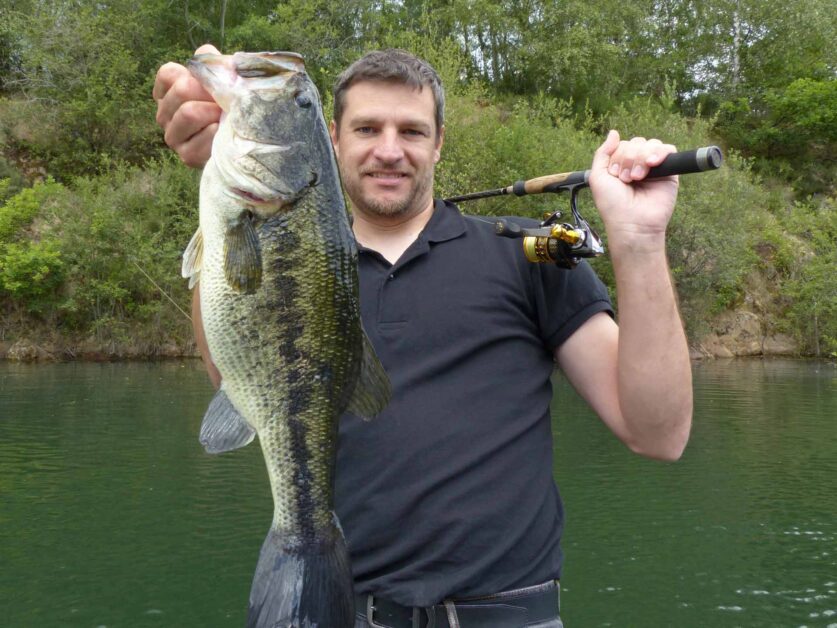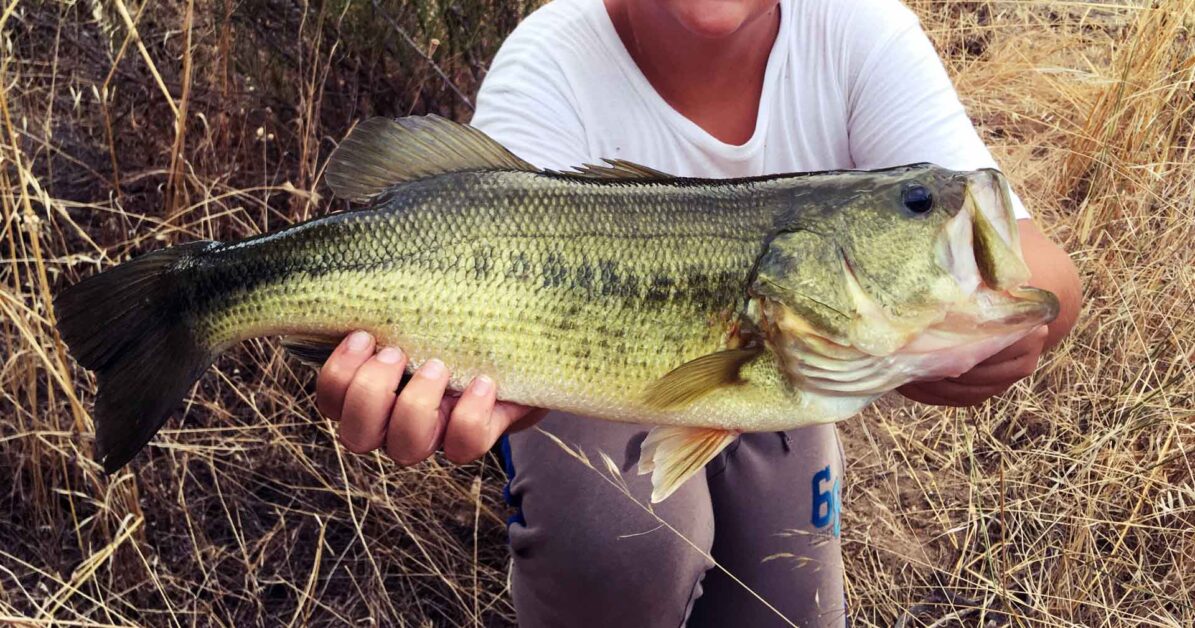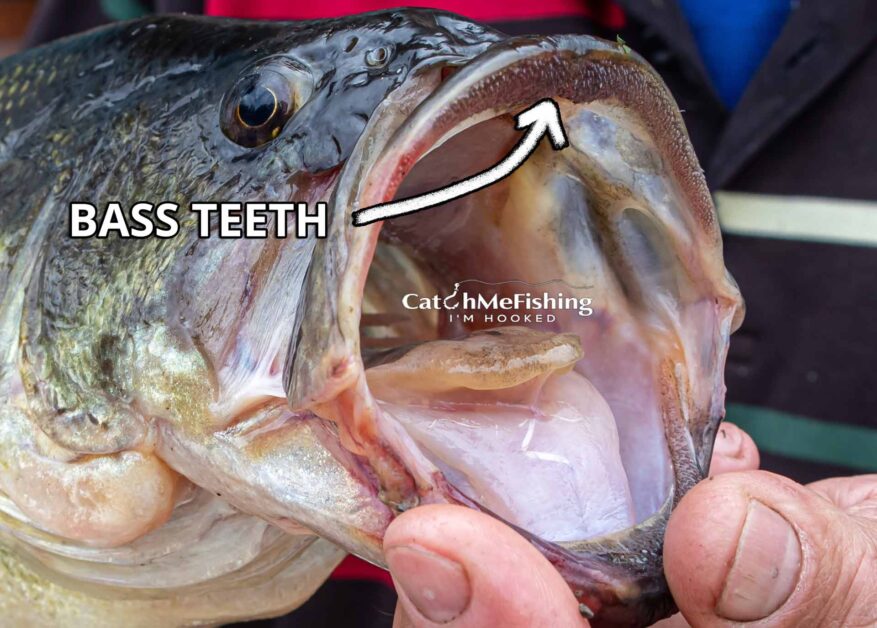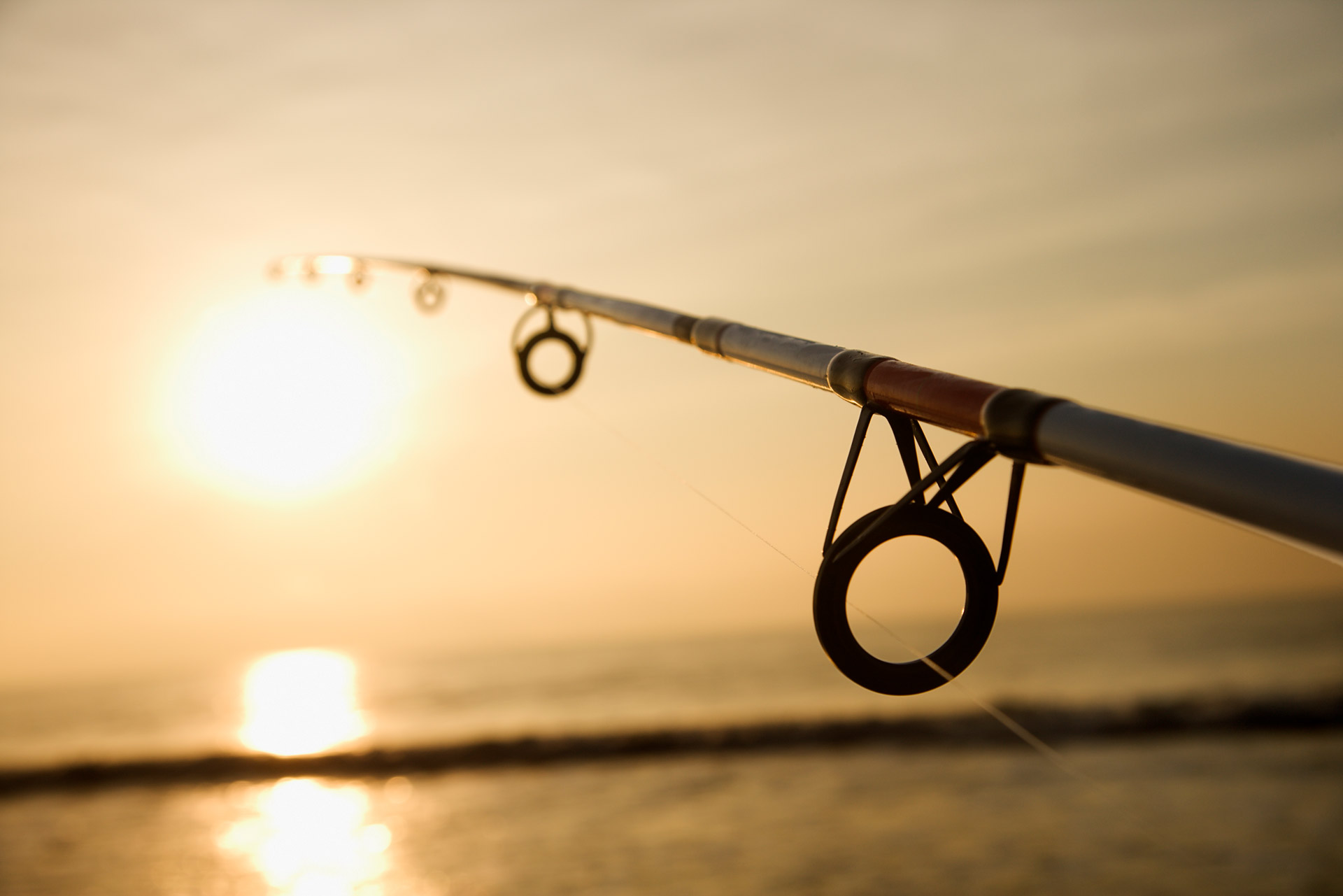How to Hold a Bass Like a Pro: Expert Advice

We all know that bass are one of the most popular fish to catch, but do you know how to hold a bass after catching it?
The most comfortable and safest way to hold a bass is by holding it vertically. This means that the tail of the bass should be directly underneath its mouth in a straight vertical line. Holding the largemouth at any other angle can cause severe damage to the fish's jaw.
I have compiled this guide to show how to do it safely and correctly. In the guide, I will explain how to hold your beloved bass and treat them properly when they are out of the water.
How to Hold a Bass Properly
Unfortunately, many new anglers don't know how to handle bass properly.
Catching bass is a great experience, and ensuring that we safely handle this fish while it's out of the water will ensure that we all, including the fish, have the best experience possible. In addition, doing so will ensure that you cause no damage to the fish and that your experience is not ruined.
The slime coating on the bass, which covers your hands, is a protective layer for the fish. It is part of its immune system, so it's also vital that we don't let the body scrape on surfaces when we handle bass.
There are two ways in which you can hold bass safely.
Holding bass vertically or horizontally correctly will ensure the most safety for the fish.
Here's is how you should hold your Largemouth bass:
Holding a Bass Vertically
This is the preferred method for holding smaller fish like a redeye bass. However, the lower jaw has to support the total weight of the fish, so I recommend lipping a bass with a smaller body weight.
Pick the bass up by the lower jaw from the water, grabbing it at the base of its mouth. Holding the lower jaw will keep your fingers away from the sharp teeth, which are located on a bass' lip.
The bass's tail should be pointing directly down toward the ground, and its mouth should be pointing directly up toward the sky.
Always keep the bass in a vertical position while it's out of the water. Keeping the bass vertical ensures that no damage is done to its jaw.
By holding it this way, you will give it the perfect opportunity to survive and recover after being caught.
The image below shows a perfect example of holding a bass vertically:

Holding a bass horizontally
If the bass is large, it is advised to hold and support the fish horizontally.
First, insert your finger into the mouth of the fish. Bass do have fine sharp needle-like teeth, so you will want to grab the bass by its lower jaw.
Then gently place your other hand under the body of the bass. Support the bass by holding its body near its tail or back fin.
Please don't squeeze the fish on its sides or base. Squeezing a bass can cause serious internal damage to the fish.
Remember always to take care when handling a bass. It's essential to be delicate to ensure the largemouth bass gets back into the water safely after being caught.
The image below shows how to hold a largemouth bass horizontally:

How Not to Hold a Bass
Suppose you're holding a bass vertically; never hold it at an angle. The tail should always be in a straight line to the ground. This ensures the jaw and mouth of the bass are not damaged.
It's also important not to squeeze the body of the bass. Doing so will cause significant damage to the fish.
If the bass is big you should support the weight of its body. Lipping a big trophy size largemouth bass can cause severe damage to the fish if its jaw cannot support the weight of its body.
If bass are returned to the water with a damaged jaw, they might struggle hunting prey and eating food.
Is Lipping a Bass Bad?
Lipping is perfectly safe for you and the bass as long as you lip the fish correctly.
If you’re not careful, you may develop "bass thumb," a tender scratch on your thumb. It's caused by not handling the fish correctly.
The small razer teeth scratch and cut your thumb, causing pain and can become infected.
An experienced bass fisherman knows how to lip his catch without getting hurt.
Some people view having a "bass thumb" as a sign of fishing success. However, you can avoid it by implementing all the tips I have given you in this guide.
Do bass Have Teeth?

Bass do have teeth, but they aren't very visible. Unlike a shark, bass have small razor-sharp teeth hidden along their lip and are used for crushing and killing prey.
To view a bass's teeth, look at them from above the gills in an area called "the intraoral space," which is located where the head meets the body. The teeth are located on the inner side of the bass' lip, pointing inwards.
Although largemouth bass have a long strip of teeth to capture and hold their prey, the largemouth's teeth will not harm you apart from giving you a bass thumb at the very worst. When you feel the teeth, they feel like very coarse sandpaper.
All the other bass species, including smallmouth, striped, peacock, and rock bass, have the same long strip of teeth, and all can give you bass thumb.
Some of the species, like smallmouth bass, have smaller mouths, though. I would not recommend you hold the small-mouthed bass with their jaw. You will struggle to get your thumb in their mouth, and you might cause the fish harm.
How Long Can You Keep a Bass Out of the Water
Try to minimize the amount of time you keep the bass out of the water.
I always try to get bass back into the water in under a minute or two. This way, you will give the fish a much higher chance of survival after being caught.
Bass typically will not survive more than 5 minutes outside the water, especially if it's a sweltering day. So if you keep your catch for too long, it may die before releasing it back.
Always remember to release the largemouth quickly after catching it. Try to weigh the fish and take pictures as fast as possible.
Using the correct hook removal tool will make it much easier to remove the hook and return the bass to the water as fast as possible.
Hold a Bass Like a Pro
In this article, I have provided several tips for handling bass to maximize your fishing success while minimizing the risk of injury or death from mishandling these fish.
If you want to be a good fisherman, then you must know how to handle your catch.
Bass are not very aggressive, and they're relatively easy to catch with the right bait. However, catching them is only half of the battle.
Once caught, you need to release them back into their habitat as quickly as possible without causing any unnecessary damage or harm.
If you follow all the tips and tricks in this article, I can guarantee that you will have much more fun fishing because you won't feel bad about harming your catch.
I hope these tips help you to become a better fisherman and give you the confidence you need to handle your catch on your next fishing trip.
Good luck with your fishing adventures!



